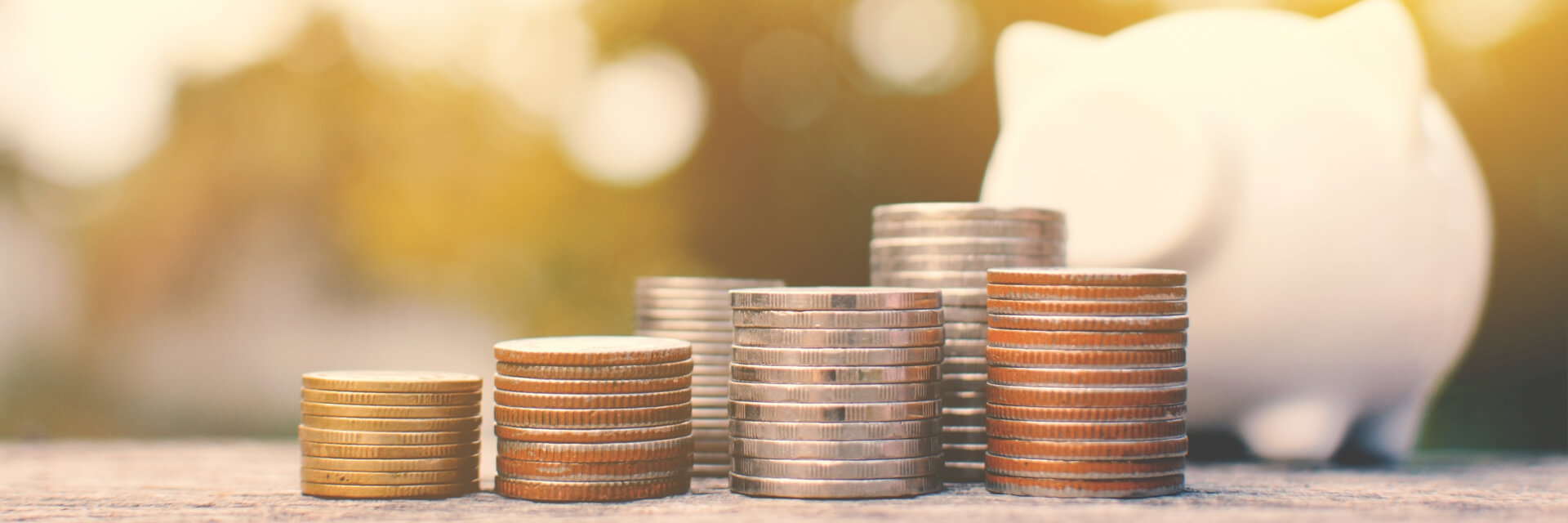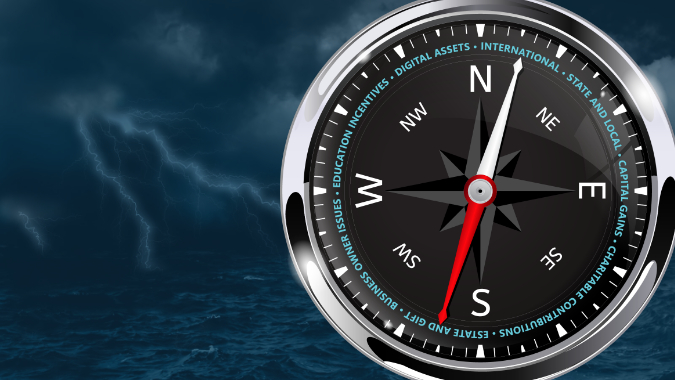
Congratulations, You Received a PPP Loan. Now What?
- Published
- May 14, 2020
- Topics
- Share
If you have successfully applied for the Paycheck Protection Program (“PPP”) and received your loan proceeds, you might be asking: now what? You’re not alone, as many businesses are asking this same question.
A couple of key issues facing businesses that received PPP loans are how these proceeds may be used and how to maximize the amount of the loan that will be eligible for forgiveness. While we’re still awaiting additional Small Business Administration (“SBA”) guidance covering the uses of the loan proceeds and the forgiveness process, below is our understanding of the PPP as of May 11, 2020.
When do the PPP loan proceeds need to be used?
They must be used over an eight-week period beginning on the origination date of the loan. According to the PPP, the origination date begins on the day the lender makes the first disbursement of the PPP loan to the borrower.
Should the loan proceeds be kept in a separate bank account?
While this is not a requirement, we recommend that funds be kept in a separate account because this will help track usage of the funds during the eight-week period as well as the balance of unspent funds. By keeping the account separate, this will give you the ability to reimburse your other operating and payroll cash account(s) for any of the allowable expenses under the PPP. We also recommend that you issue and maintain memos and/or schedules documenting the reimbursements among checking accounts.
What are the approved uses for the loan proceeds under the PPP?
Qualifying expenditures must be “incurred and paid” during the eight-week period. While this term is currently undefined, we expect it to include invoices for services rendered during and paid within the eight-week period. Ideally, the SBA will soon provide guidance on this matter.
Payroll and Certain Benefits
- Salary, wages, commissions or tips (capped at $100,000 on an annualized basis or $15,385 for the eight-week period for each employee).
- Employee benefits paid by the employer including payments required for group health care benefits and insurance premiums, and payment of any retirement benefits. Benefits paid for the owners are excluded.
- State and local taxes imposed on employee payroll paid by the employer, such as unemployment insurance premiums.
- For a sole proprietor, independent contractor and partners providing active services, net earnings from self-employment capped at $100,000 on an annualized basis for each owner. This ceiling is computed at 8/52 times 2019 net profits of the sole proprietor as reported on Schedule C. Similar rules are expected to be applied to partners.
Mortgage Interest, Rent, Utilities and Other
- Mortgage loan interest and other business loan interest, but not the principal portion of payments
- Rent under a lease agreement
- Utilities including electric, natural gas/propane, water, telephone, transportation and internet
- Costs related to the continuation of group health care benefits during periods of paid sick, medical or family leave, and insurance premiums
Although not provided in the CARES Act, the first interim final rule published by the SBA indicates that at least 75% of the PPP loan proceeds shall be used for payroll costs. In addition, loan interest, rent and utilities should relate to pre-February 15, 2020, obligations and agreements.
Will my entire loan be forgiven, or will I receive partial forgiveness?
Full forgiveness if the following criteria are met:
- The entire loan plus accrued interest is used toward qualifying payroll costs and other qualifying non-payroll-related costs during the eight-week period. Generally, the other qualifying non-payroll costs relate to obligations and agreements in force before February 15, 2020.
- At least 75% of the loan is used for qualifying payroll costs.
- You do not lay off employees, or if you rehire employees by June 30, 2020.
- You do not reduce the compensation of employees who earned less than $100,000 in 2019 (measured based on each payroll on an annualized basis) by more than 25% relative to what they earned in the most recent full quarter they were employed prior to the eight-week period.
Partial forgiveness if any of the following criteria occurs:
- Less than the entire loan proceeds are used during the eight-week period.
- Less than 75% of the loan proceeds are used for qualifying payroll costs.
- If you lay off employees, the forgiveness amount will be reduced by the percent decrease in the average number of full-time equivalent employees relative to a specified period. Certain employees rehired by June 30, 2020, are excluded from the calculation.
- If you reduce the compensation of any employee who earned less than $100,000 in 2019 (measured based on each payroll on an annualized basis) by more than 25% relative to what they earned in the most recent full quarter they were employed prior to the eight-week period, the forgiveness amount will be reduced on a dollar-for-dollar basis.
Is the portion of my loan that is forgiven taxable?
Any portion of your loan that is forgiven is not taxable for federal income tax purposes. It is currently uncertain if all states will follow suit, but there are currently several states with rolling conformity, meaning those states will follow the federal guidelines. Consult your tax advisor as to your state's conformity status.
Are the expenses paid with forgiven PPP funds deductible for tax purposes?
The IRS recently published guidance indicating that expenses paid with forgiven PPP loan proceeds are not tax deductible. There is movement in Congress to strike down this guidance, since it appears to contradict Congress’ intent.
How do I apply for forgiveness?
At the end of the eight-week period, you will need to apply for forgiveness with the lender that is servicing your loan. This request must include documents that verify the number of your full-time equivalent employees and pay rates, as well as the payments on eligible mortgage, lease and utility obligations. You must also certify that the documents are true and that you used the forgiveness amount to keep employees and make eligible mortgage interest, rent and utility payments. You will receive a decision from the lender within 60 days. Here is a list of items that may be required for forgiveness:
Calculations for full-time equivalents and itemized payroll costs Payroll tax filings (Form 941 and payroll registers) Payroll processor reports Payment verification for costs incurred, including canceled checks and bank statements Rent invoices, utility bills, loan statements, and copies of lease and loan agreements
What happens if I do not receive debt forgiveness?
All loans upon commencement are at a fixed interest rate of 1%, and payments will be deferred for six months with interest accruing during this period. If your loan is not forgiven or is only partially forgiven, you will be responsible for interest accrued during the eight-week PPP program period. The loan is due within two years from its origination date.
Contact EisnerAmper
If you have any questions, we'd like to hear from you.
Receive the latest business insights, analysis, and perspectives from EisnerAmper professionals.











